Description
Why “Most & Least” Matters
Learning “most” and “least” builds early data skills, counting, and logical thinking.
- Early Data Literacy: First experience with interpreting groups, useful for graphs and reports.
- Pre-Subtraction Skills: “How many more?” naturally introduces subtraction.
- Math Vocabulary: Learn “most,” “least,” “greatest,” and “fewest.”
- Visual & Counting Skills: Compare groups carefully, even with small differences.
What’s Inside This Worksheet?
A step-by-step adventure from simple comparison to thoughtful analysis.
Part 1: Warm-Up – Spot the Difference
- Build confidence and ensure understanding with simple comparisons.
Part 2: Count and Confirm
- Groups become more similar, requiring careful counting.
- Write the number for each group, linking visuals to numerals.
- Critical step: Ensures kids aren’t guessing.
Part 3: Circle Your Findings
- Circle the group with most and mark the group with least.
Part 4: Real-World Challenges
- Toy Box: Which toy is most? Which is least?
- Fruit Bowl: More apples or oranges? How many more?
- Bug Collection: Which bug is the fewest?
- Fun contexts help answer “why does this matter?”
3 Tips to Become a Data Detective
- Snack Time Math: Compare foods—more carrots or cucumbers? Least crackers? Food makes learning quick and fun.
- Play “I Spy” with Data: Ask questions while reading: “Which page has the most balloons? The least?” Connects skill to everyday life.
Ready to Build Analytical Skills?
This worksheet turns simple comparisons into foundational math practice—fun included!
Call to Action:
Click ‘Add to Cart’ to get instant access to our Most & Least Worksheet. Download and print your fun introduction to data analysis today!
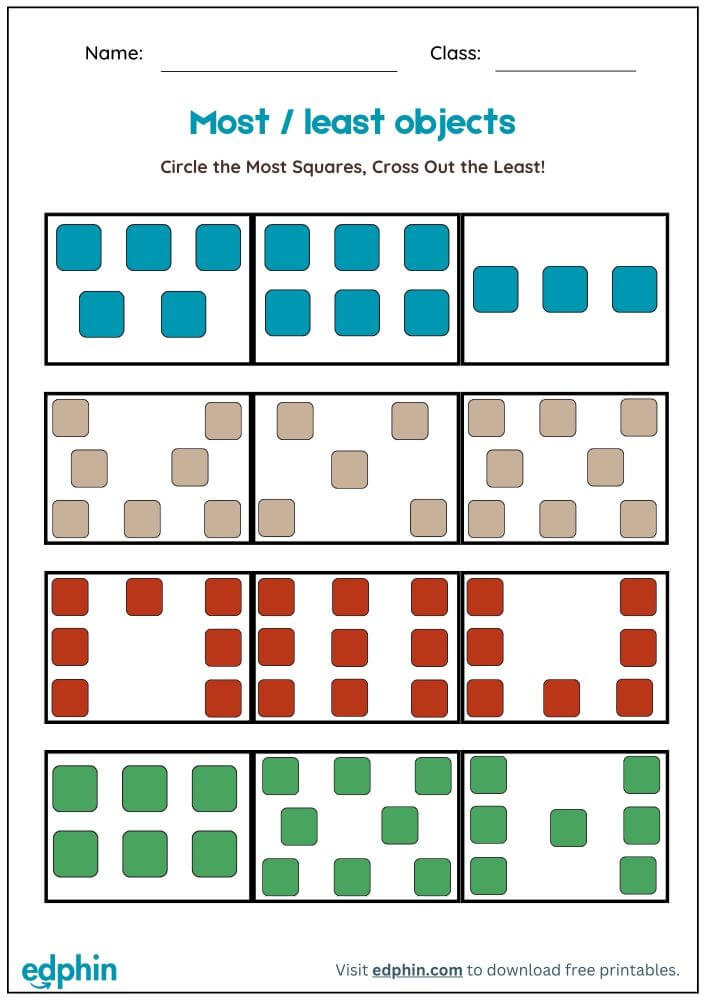
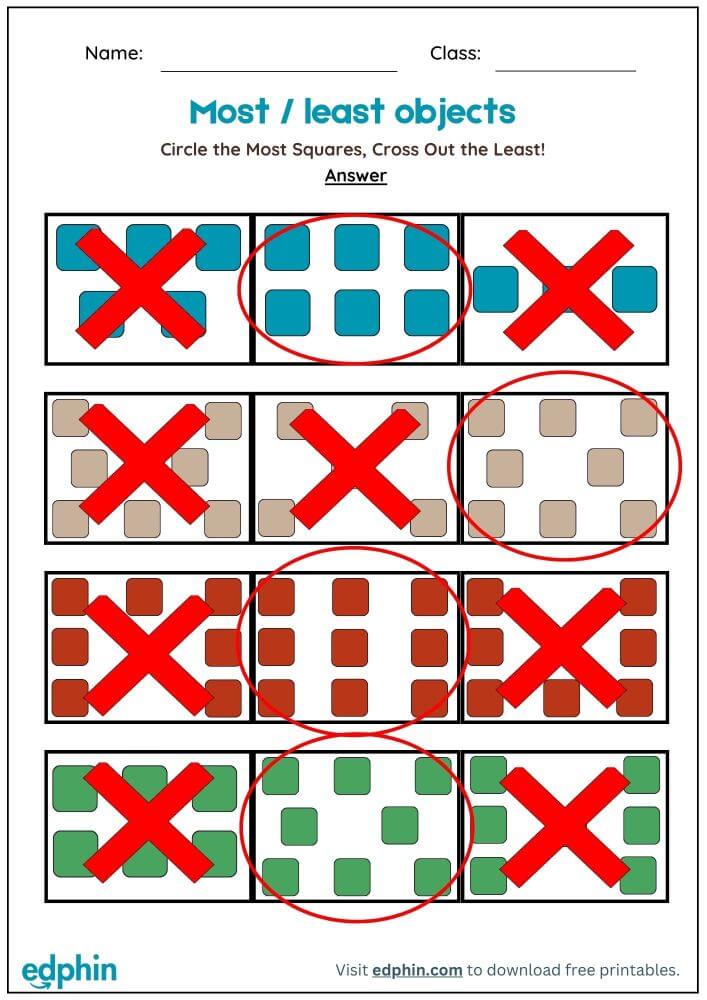
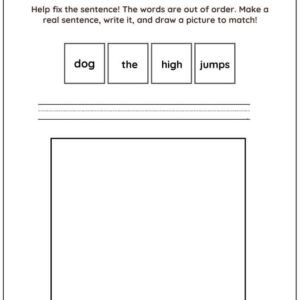
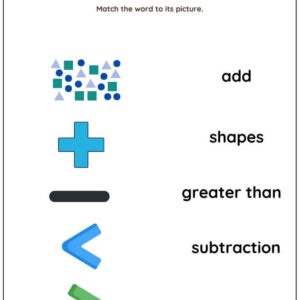
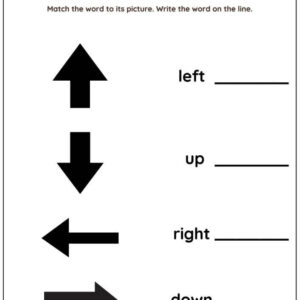
Reviews
There are no reviews yet.